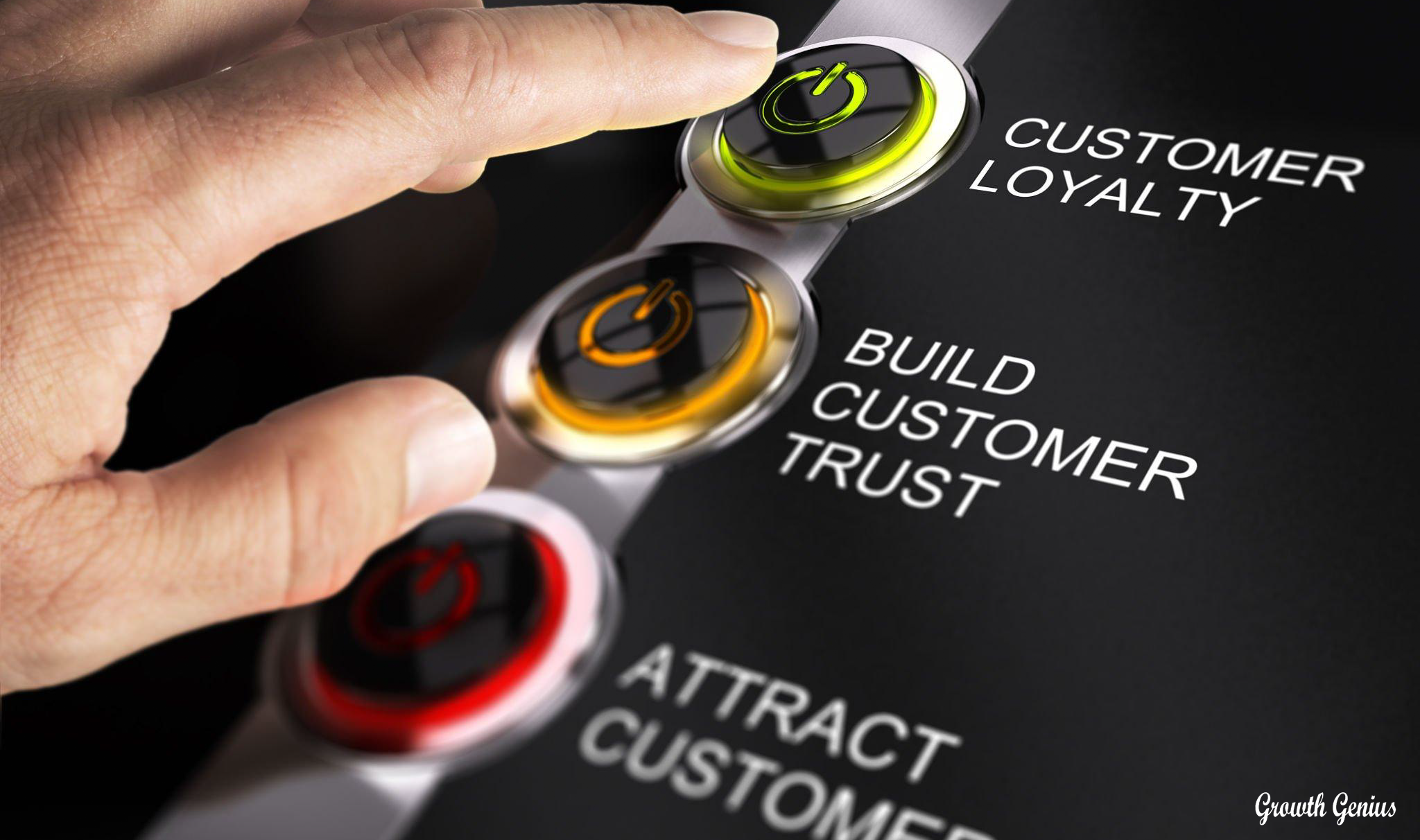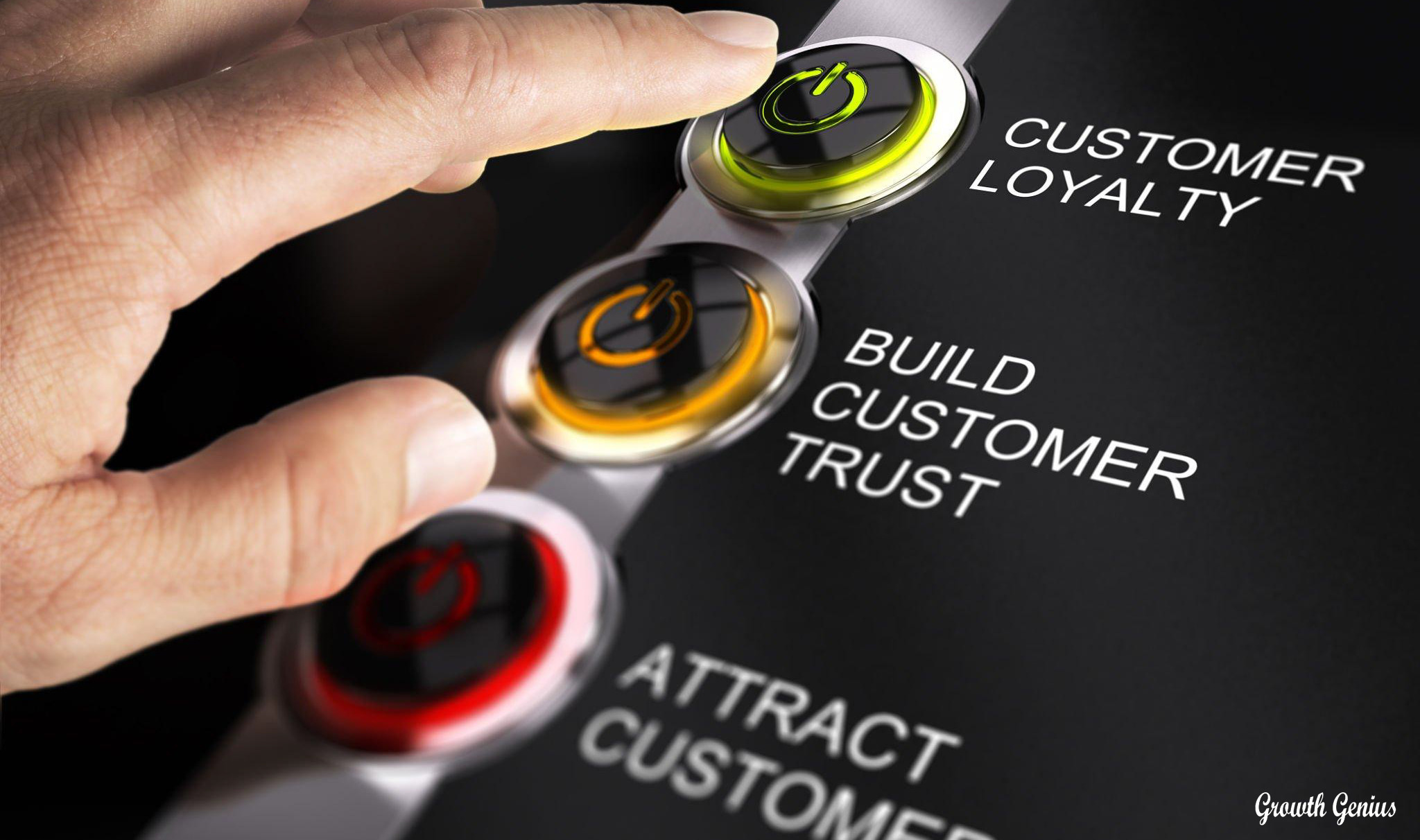Customer loyalty is crucial for sustainable success. One effective strategy to cultivate loyalty is through personalized experiences. Tailoring your interactions and offerings to meet individual customer needs can significantly impact their satisfaction and loyalty towards your brand. In this article, we will explore the power of personalization and provide step-by-step guidelines on how to create tailored experiences that foster increased customer loyalty.

Understanding Personalization:
Personalization is the practice of customizing your interactions, products, and services to meet the unique preferences and needs of individual customers. By gathering and utilizing customer data, you can create personalized experiences that resonate with your audience on a deeper level. Understand the importance of personalization and how it can drive customer loyalty.
Collecting Customer Data:
The first step in creating tailored experiences is to gather relevant customer data. Utilize various channels such as surveys, website analytics, social media listening, and customer feedback to gather information about their preferences, purchase history, demographics, and behavior. Ensure compliance with data protection regulations and communicate the value of data collection to your customers.
Segmentation:
Segmentation involves dividing your customer base into distinct groups based on common characteristics and preferences. Analyze the collected data to identify meaningful segments such as demographics, interests, purchase behavior, or geographic location. This segmentation enables you to create personalized experiences that resonate with specific customer groups.
Personalized Communication:
Craft personalized messages and communications that address each customer’s specific needs and interests. Utilize email marketing, personalized recommendations, and targeted advertising to deliver relevant content and offers. Tailor your language, tone, and visuals to align with the preferences of each customer segment.
Customized Product Recommendations:
Leverage customer data to provide customized product recommendations. Use collaborative filtering algorithms or machine learning models to suggest products or services based on past purchases, browsing behavior, or similar customers’ preferences. Implement personalized product recommendation widgets on your website or within your mobile app.
Dynamic Website and Content Personalization:
Implement dynamic website personalization to create tailored experiences for visitors. Display relevant content, offers, and recommendations based on the visitor’s past behavior, demographics, or referral source. Utilize artificial intelligence algorithms to optimize the content displayed to each visitor in real-time.
Loyalty Programs and Rewards:
Design loyalty programs that reward customers for their continued engagement and purchases. Offer personalized rewards, discounts, or exclusive content based on each customer’s preferences and loyalty status. Implement a points-based system or tiered rewards structure to incentivize repeat business and foster customer loyalty.
Continuous Optimization:
Regularly analyze the performance of your personalization efforts using analytics tools. Track metrics such as customer satisfaction, engagement, conversion rates, and repeat purchases. Use A/B testing and customer feedback to iterate and improve your personalized experiences over time.
Conclusion:
Personalization has the power to transform customer experiences and foster increased loyalty towards your brand. By understanding your customers, collecting relevant data, and implementing personalized strategies, you can create tailored experiences that resonate with individuals on a deeper level. Embrace the power of personalization and watch as your customer loyalty and business success soar.






